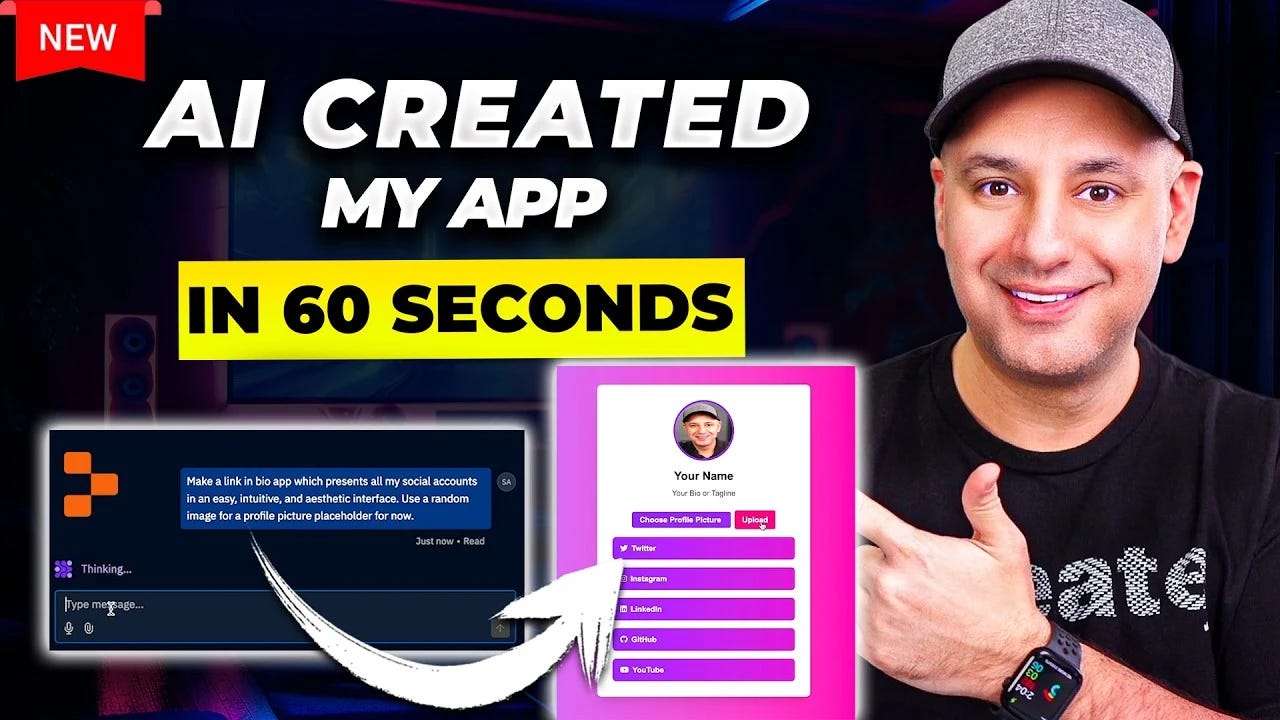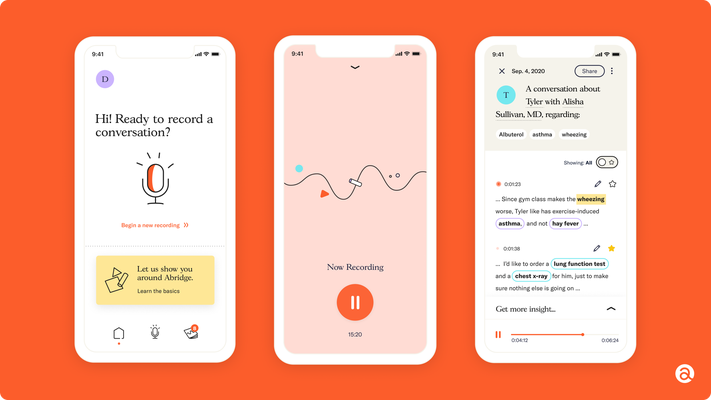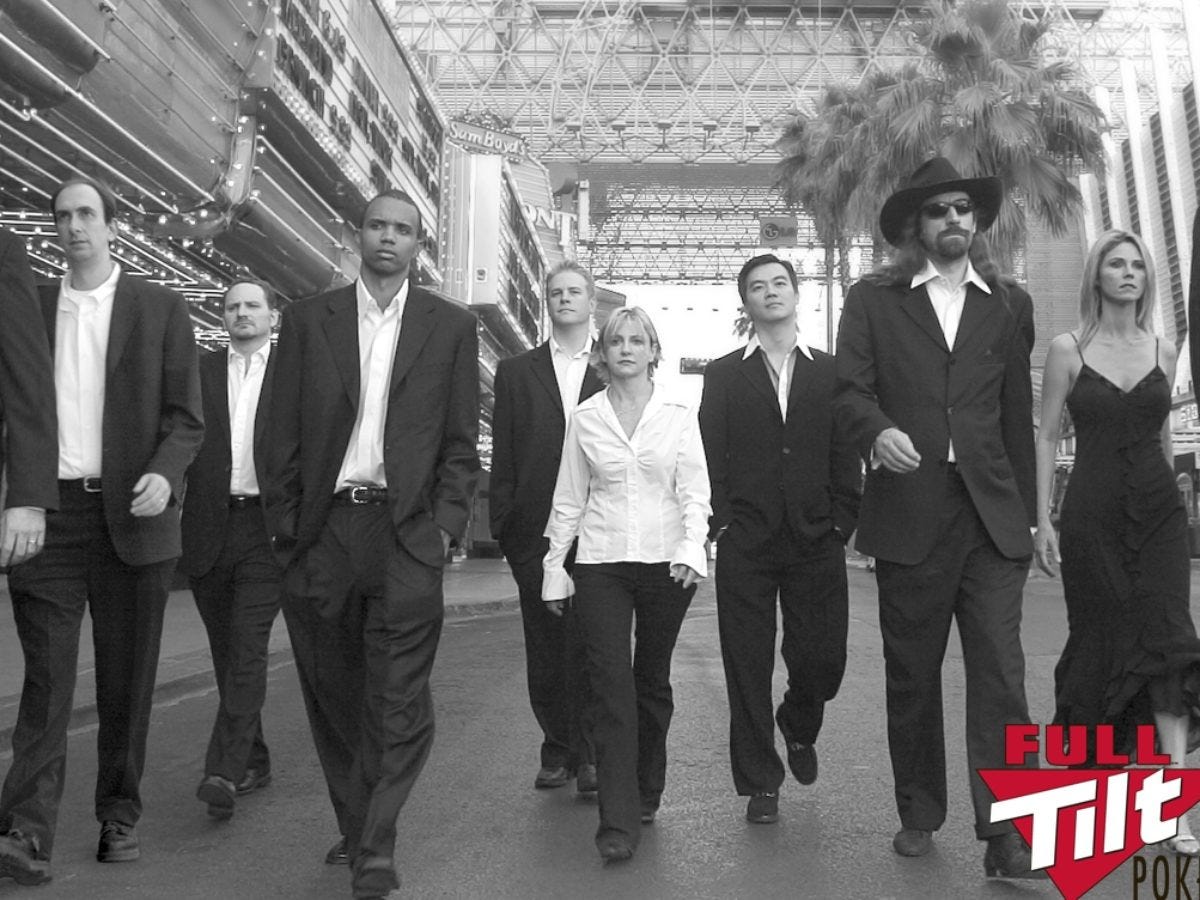A year ago, I wrote an article outlining various types of business moats (i.e. a durable competitive advantage) and the companies that most effectively leverage each. However, the rise of AI has flipped the concept of moats on its head, leading Google to lament in a leaked 2023 memo, “We have no moat, and neither does OpenAI.”
In this article, I talk about some of the changes brought about by AI and how this has shifted the strategic conversation around moats. Anyone not interested in reading the full article can find a summary here.
*I suggest reading this article first to gain the full context.
How AI has changed the competitive landscape
Before diving into how moats have shifted, I want to start with a 360 view of how AI has shifted the marketplace and shaken things up:
Building is easier, defending is harder → Open models and APIs let startups launch quickly, but a durable advantage is harder to maintain.
Scale is no longer a universal moat → There are still advantages to scale, but in the AI age, superior speed, design, and UX are often more impactful.
Data is less defensible than it used to be → In many domains, more data adds less value, especially when it’s repetitive, noisy, or difficult to maintain. However, products that learn from user data and improve continuously gain an edge and become harder to replace.
Trust matters more than ever → As AI systems grow more powerful and opaque, a single failure can break user confidence - making credibility a core moat.
The most durable moats are built around the product, not inside it → Distribution, compliance, workflow lock-in, and ecosystem are harder to copy than algorithms.
What moats will win in the age of AI?
In the AI era, product development has accelerated. ‘Vibe coding’ enables non-technical builders to launch full products, while experienced developers now ship in weeks, what once took months. As building gets easier, defensibility becomes more critical. There are three core ways to build a durable moat:
Create a product people love → Still the gold standard, but the bar is higher than ever. Brand and marketing matter as much as UX.
Make it hard to leave → Switching costs increase retention and customer lifetime value, even if the product isn’t best-in-class.
Align incentives with your users → When your success directly benefits your customers, loyalty follows. Clay is a strong example of this.
Create a phenomenal product that people love
In the AI age, two companies that have built phenomenal products loved by many are Perplexity and Lovable. In addition to being well-designed products with sleek user experience, each of them staked out a unique position and delivered on their brand promise effectively:
Perplexity
Launched in August 2022, Perplexity identified a clear gap in the search market. Google prioritized clicks and ads over quality answers, while ChatGPT, though ad-free, often hallucinated responses.
Drawing on their academic background, Perplexity’s team built an ad-free search engine that used AI to summarize answers and always cited sources. The focus was simple: deliver the best possible information. It worked - Perplexity now has 22 million users and $80M in annual revenue.
They nailed the Brand Moat by earning user trust: no ads, no hidden agenda, and transparent sourcing that gives users confidence in what they’re reading.
Lovable
Launched in November 2024, Lovable quickly became the go-to AI coding tool for non-coders and founders. Technically, it wasn’t far ahead of competitors like Bolt, Cursor, or v0, which mainly targeted developers and prototypers.
Lovable’s key insight was that AI coding remained intimidating for non-technical users. By positioning itself as the easiest way to build apps via prompts - offering guided workflows, simple setup, and a friendly, trust-oriented brand - it carved out a distinct niche. By mid-2025, Lovable reached $75M ARR, 30K+ paying users, and a $1.8B valuation.
Where Perplexity’s Brand Moat was built on transparency, Lovable’s strength was in accessibility. It gave non-technical users confidence, creativity, and a sense of control - all wrapped in a product that felt approachable from day one.
Create a good enough product with high switching costs
While Lovable and Perplexity created products so compelling that their users rarely even consider alternatives, other companies have succeeded in the AI age by creating good enough products that are painful to exit. The two best examples are Abridge and Glean.
Abridge
Abridge was founded in 2018 to improve understanding in healthcare by using AI to transcribe and summarize doctor-patient conversations, outputting structured notes directly into the EHR.
At first glance, it seems replaceable - but it’s deeply sticky for several reasons:
Embedded in clinical workflows → Switching disrupts daily operations and requires retraining.
HIPAA-compliant and EHR-integrated → Replacement involves costly legal and security reviews.
Generates EHR-ready output → Trained on formats like billing codes and discharge summaries.
Fine-tuned on millions of real conversations → Handles patient-speak and noisy, multi-speaker inputs.
Continuously improves with use → Doctor-reviewed edits personalize the model over time.
As a result, Abridge has achieved a Switching Cost moat (points #1 and #3), a Data Network moat (points #4 and #5), and a Regulatory Moat (point #2).
Glean
Founded in 2019, Glean is an enterprise AI search and knowledge platform that enables employees to find and utilize internal information more effectively.
It connects to tools like Slack, Google Workspace, Notion, Salesforce, Jira, and Confluence to index company knowledge. Once integrated, Glean uses LLMs to surface semantic, permission-aware answers and tailors results based on org structure, usage patterns, and access rights.
Glean’s defensibility comes from four key factors:
Deep integrations with 100+ enterprise tools → Replacing it means reindexing your stack, which is costly and disruptive.
Built-in enterprise-grade permissions → Users only see what they’re allowed to, which reduces risk and builds trust.
Fast, accurate answers → Replaces Slack-hunting with instant results, creating a habit that’s hard to break.
Learns and personalizes over time → Improves with use based on team behavior and content.
Glean has built a strong Switching Cost moat (point #1), a Data Moat (point #4), a Regulatory Moat (point #2), and a Brand Moat (point #3).
Get your customers or community personally invested in your success
If you are seeking a moat based on your product’s own merits, having either a phenomenal product or a product that’s hard to quit is your best bet. But, if you align your incentives with those of your users or your community, you create a win-win dynamic that gets others to root for you.
One of the most effective ways to do this is to build and then activate a powerful community. I have written exhaustively about this strategy here and here. However, in terms of finding innovative and novel approaches to align incentives, one of the best companies is Phenom Poker.
Phenom Poker
Online poker has long faced criticism. Many platforms are perceived as elitist and disconnected, with executives making major decisions without input from players. There are also real concerns about fund safety - most notably in 2011’s “Black Friday,” when the U.S. government seized hundreds of millions in player deposits and shut down major sites. On top of that, equity and sponsorship deals are typically reserved for top-tier pros, leaving average players with little upside.
Phenom Poker set out to change that by building a platform “by players, for players.” Here’s how they’ve addressed these pain points:
Community governance → Players earn Phenom tokens, each representing ownership and voting rights, to propose and decide on platform rules.
Self-custody of funds → Using crypto wallets, players retain complete control of their funds, with instant access and zero risk of freezes.
Aligned incentives → The more users play poker, the more tokens they earn. As Phenom grows, so does the value of each player’s stake, encouraging loyalty and organic growth.
By embedding ownership and control into the player experience, Phenom has created a model where users aren’t just customers - they’re stakeholders.
Conclusion
AI has lowered the barriers to building but raised the bar for defensibility. A phenomenal product is still one of the strongest moats you can create, but it’s no longer enough on its own.
Today’s most durable businesses combine great products with strategic moats: switching costs that discourage churn, incentives that align user success with company growth, and brand trust earned through consistent value. The real challenge isn’t attracting users - it’s making them stick.
If you liked this content, please click the <3 button on Substack so I know which content to double down on.
TLDR Summary
This article explores how AI has reshaped the concept of business moats, with a focus on how companies are leveraging AI to build competitive advantages. While AI has made it easier to build products, the challenge now lies in making those products defensible. The article outlines how companies can build durable moats through product excellence, high switching costs, and aligning incentives with users, highlighting successful examples like Perplexity, Lovable, Abridge, Glean, and Phenom Poker.
Key Steps and Insights
AI’s Impact on Business Moats
AI has lowered the barrier to entry for building products but has made it harder to sustain a durable competitive advantage.
Scale, data, and traditional moats like brand trust now need to be combined with factors like speed, UX, and user engagement.
Creating a Product People Love
Perplexity: Built a product that solved the problem of poor search results by providing ad-free, AI-summarized answers with transparent sourcing.
Lovable: Focused on ease of use for non-technical users, becoming a leader in AI coding tools by offering guided workflows and a trust-based brand.
Creating High Switching Costs
Abridge: Embedded deeply in clinical workflows, making it difficult to replace due to HIPAA compliance, integration with EHRs, and continuous improvement.
Glean: Built a strong moat by integrating with enterprise tools, offering personalized answers, and ensuring deep product usage over time.
Aligning Incentives with Your Users
Phenom Poker: Created a community-driven model where players earn tokens for ownership and governance, fostering user loyalty and organic growth.
Aligning incentives between the product and users creates a win-win dynamic, driving long-term growth.
Strategic Moats for Long-Term Success
The most durable moats today combine great products with switching costs, user incentives, and brand trust.
The focus is not just attracting users but ensuring they stay by providing consistent value and fostering strong community engagement.
Conclusion
AI has transformed the business landscape by making it easier to build products, but sustaining a competitive advantage is more challenging than ever. The key to building a lasting business is creating products that people love, incorporating high switching costs, and aligning incentives with users. The businesses that succeed will not only attract users but also ensure they stay, turning them into loyal advocates and stakeholders in the company's success.













This is one of the best takes I’ve seen on moats in the AI era. I especially appreciated the emphasis on community as a durable edge, which I've seen time and again in my own experience. In a landscape where tech alone is no longer enough, the people around your product are often the strongest defensibility you have.